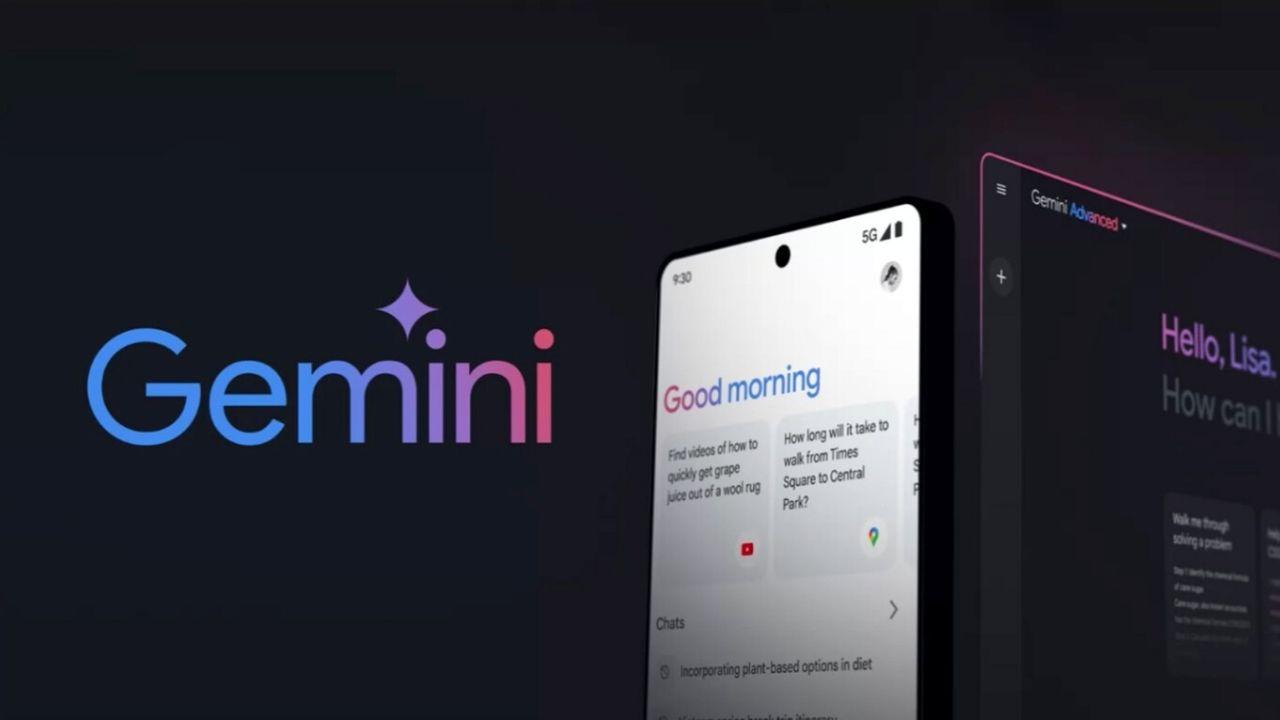The manufacturing of smartphones is evolving rapidly and around every six months we already have a new model on the market that replaces the previous one in features and performance. But what happens if my phone stops receiving updates? This is the case of some companies, which stop supporting certain old models to focus on recent ones. So this can pose certain security risks and lack of functions.
The world of mobile phones is a roller coaster of emotions. You buy a new smartphone, but after two or three years, that mobile phone becomes completely obsolete and even unusable. Of course, electronic devices are not for life and companies develop mobile models to last a certain number of years, otherwise their benefits would stagnate.
But, for the user, this is a negative aspect and detrimental to their interests, since it means renewing the smartphone from time to time. Therefore, from what year does a mobile phone become completely outdated? And most importantly, what happens when you stop receiving updates? We discuss all these questions in depth in the following lines.
Your phone will work, but it will not receive any more updates
In theory, manufacturers support their devices for three or four years. For example, in the case of Samsung, if you currently have the range of the Samsung Galaxy S10, S10 Plus or Note 10 from 2019, the last software update that the Japanese company put into circulation was in 2019, so they will no longer intervene more on improving their systems. However, your mobile will not stop working, but you will be missing out on the advantages offered by the new Android functions, in this case.
On the other hand, Google does usually guarantee more years in its updates with Pixel phones. In fact, the new Pixel 8 will have eight years of support. But other terminals like the Pixel 5 will stop getting the benefits of Google and Android very soon.
This means that if you have a mobile model from three or four years ago, you will no longer be able to access the features launched by the Android or iOS operating system in future updates, since they are considered mobile phones that lose all guarantee of continuing working correctly, although sometimes you think that is not the case when you have a high-end terminal in your hands.

Security risks in old mobile phones
One of the most important aspects that must be highlighted in the smartphone panorama is that having an old and obsolete mobile phone is synonymous with vulnerability. Upgrading to a new phone when the current device is no longer compatible with many of the applications or no longer receives some of the security and privacy updates provided by technology companies, is one of the greatest recommendations for the user to obtain greater performance, optimization and, above all, safeguard all your personal data.
Initially, you will no longer receive important operating system updates on an annual basis, and soon, no more security and maintenance patches will be available. In this situation, when you continue using a smartphone that is too old, many Android or iOS functions may no longer be supported and you may not be able to use them properly. At the same time, exploits, malware, and other vulnerabilities are constantly changing, and older phones can become more susceptible to hacking, putting your personal assets at risk.
In short, consider purchasing a new smartphone to avoid all these altercations for quite affordable prices. Xiaomi, One Plus, POCO or Realme tend to be the most affordable, but you can find other deals in the offers we publish daily on ADSLZone.













